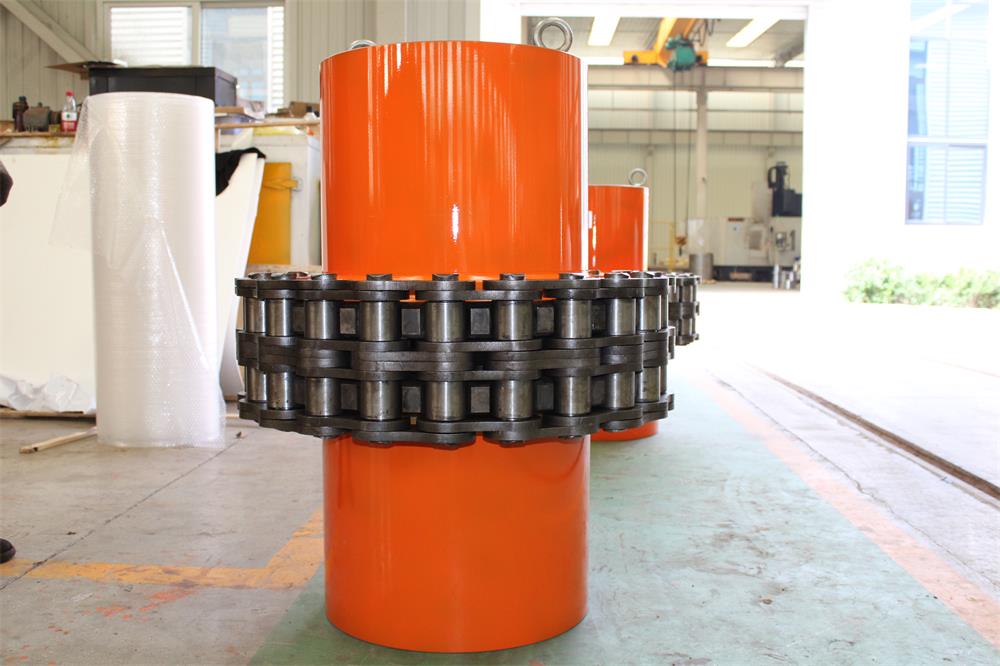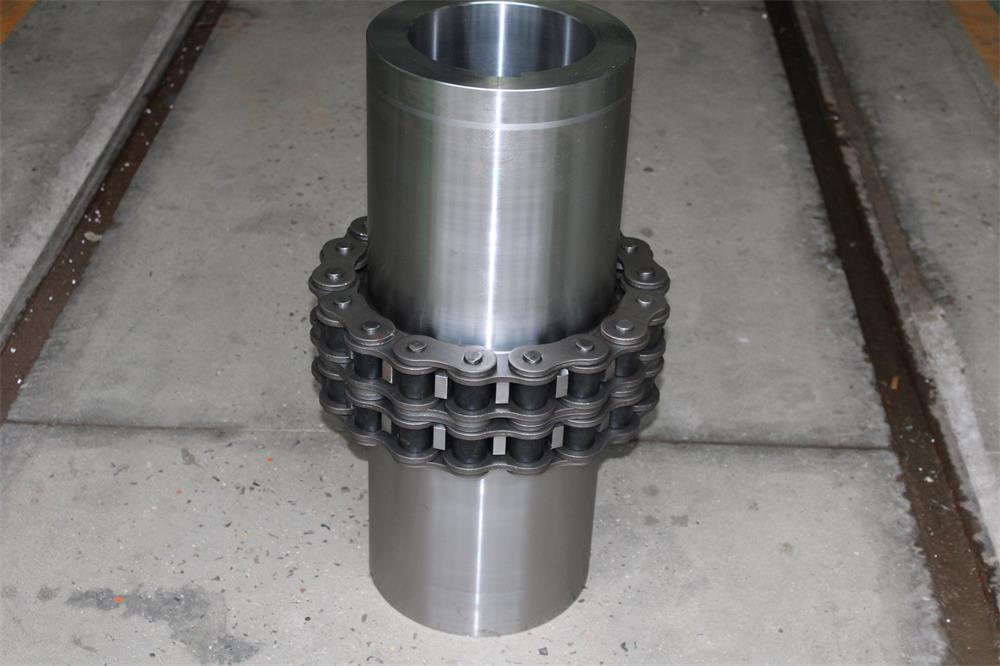Introduction:
The main technology of coupling in China has experienced a long tortuous process from self-reliant research to later introduction and learning, and then to later independent innovation. It can be said that this process is long and tortuous: From the beginning of the 1950s to the 1960s, in order to cooperate with the manufacturing of various mechanical equipment in our country, we study by ourselves some transmission connections. These transmission parts have smaller power, fewer varieties and no complete sets. Later in the 1970s and 1980s, with the opening to the outside world, the introduction of some patented technologies, but also imported a variety of mechanical equipment, such as the introduction of Austria Geisslinger Company's Geisslinger coupling, played a key role in the development of this technology and the promotion and application in China. The import of many large dredgers and other ships has also played a great role in the digestion, absorption and development of high power elastic coupling and elastic clutch. Subsequently, in recent decades, according to the needs of the development of supporting equipment, various industrial departments have carried out a series of standardization work of transmission connecting parts under the unified planning of the standard Institute of Mechanical Institute of the former Ministry of Machinery, carried out a large number of basic standards and product standards, laying a foundation for the generalization, serialization and standardization of transmission connecting parts.

The development trend of transmission coupling technology and application is as follows:
First, comprehensive analysis and matching with the host and load. Such as construction machinery, vehicles, Marine power transmission, need to drive the characteristics of the engine and load mechanical characteristics of the system analysis, so as to carry out the best choice of transmission coupling parts. Second, the continuous improvement of the quality requirements of transmission coupling parts, which greatly improve the requirements of raw materials, processing and assembly technology, product process and final inspection. Third, with the change of the main engine requirements and the need of technological development, more attention is paid to the technical development and development of the transmission coupling. Fourthly, the matching of transmission connecting parts themselves develops to specialization. Such as clutch, brake friction materials, coupling elastic components, clutch, brake hydraulic, pneumatic and electrical components, even casting and forging parts, heat treatment and standard parts are more specialized.

To sum up:
In foreign countries, the production of transmission coupling parts are mainly professional, the general scale is medium or small, the personnel in dozens to hundreds of people, there are also many enterprises are global, have their production, sales and service outlets in the world. There are also some transmission coupling companies that are part of large groups of companies. The common characteristics of these transmission coupling companies are high product technology content, adapt to the current heavy machine supporting technical needs, advanced processing equipment, casting and forging parts and hydraulic, electrical components supporting, advanced management, pay attention to technology development and technical progress. There are not many domestic state-owned professional transmission coupling parts production plants, there are also some large metallurgical equipment, heavy equipment, steel mills, power plants, shipyards have their own section type workshop for transmission coupling parts supporting production, and in the automobile industry relative to these state-owned professional production plants more. In addition, there are many small-scale private enterprises, which can produce relatively simple products.
Contact: Spark Wang
Phone: 86-19932127135
E-mail: admin@rongxingcoupling.com
Add: North side of Planning 4th Road, Southern Industrial New Town, Jizhou District, Hengshui City, Hebei Province, China